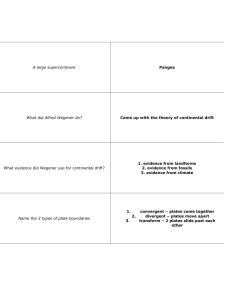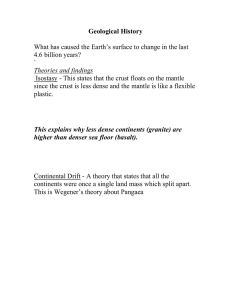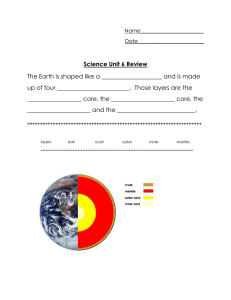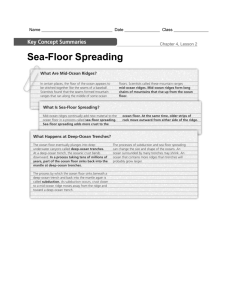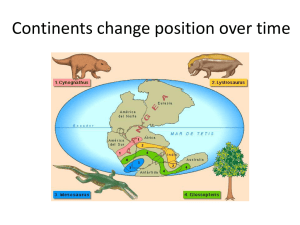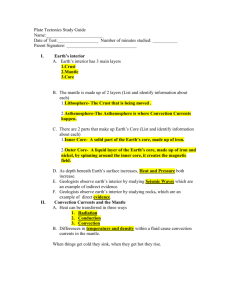Ch. 13 Seafloor Spreading
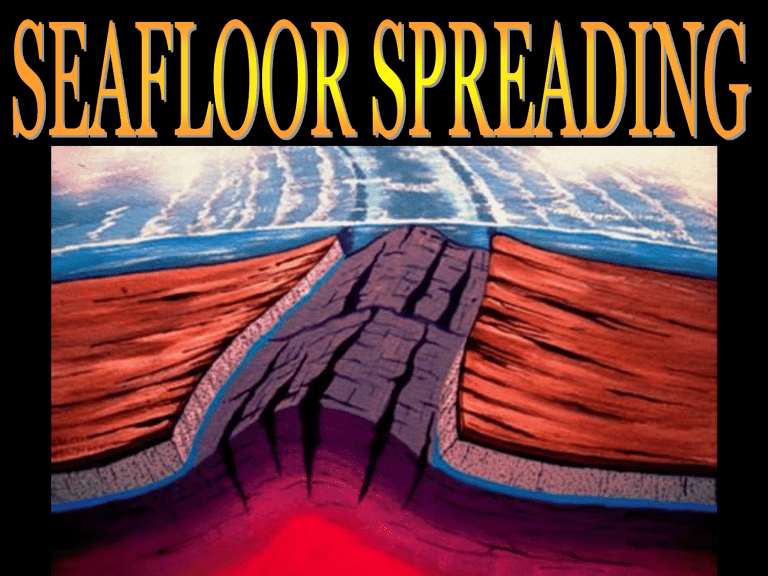
A ball of glass will bounce higher then a ball of rubber.
Harry Hess was the first man to study the sea floor. After he believed that Wegener was correct.
(1960’s)
He noticed that the rocks were younger near the mid-ocean ridge than the rocks closer to the continents.
He noticed that as it moved, it was being replaced by magma that cooled and solidified into rock; therefore, the ocean floor must be moving.
When the spreading of the ocean floor reaches a barrier, such as the edge of a continent, the oceanic crust goes under the continental crust due to density.
This subducting and melting of the crust causes the plate to be pulled down into the mantle.
Hess suggested that if the ocean floor was moving, the continents must also be moving.
There still needed to be more research of the ocean floor before seafloor spreading was accepted.
With the discovery of
Magnetic Polarity, Seafloor spreading was accepted in 1969.
Scientists discovered that the Earth’s lithosphere is broken into moving plates.
QuickTime™ and a
Photo - JPEG decompressor are needed to see this picture.
These plates are ridged blocks of the earth's outer crust and are about 31-93 mi. thick.
Scientists have divided the world into 8 major plates and 12 minor plates that are moving toward or away from each other.
The heat inside the Earth causes a convection current in the mantle.
QuickTime™ and a
GIF decompressor are needed to see this picture.
A convection current is the movement of material caused by different temperatures, and is the driving force of plate tectonics.
You can have me but you can't hold me; you can gain me quickly and lose me even faster. If treated with care I can be great, and if betrayed I will break. What am I?
